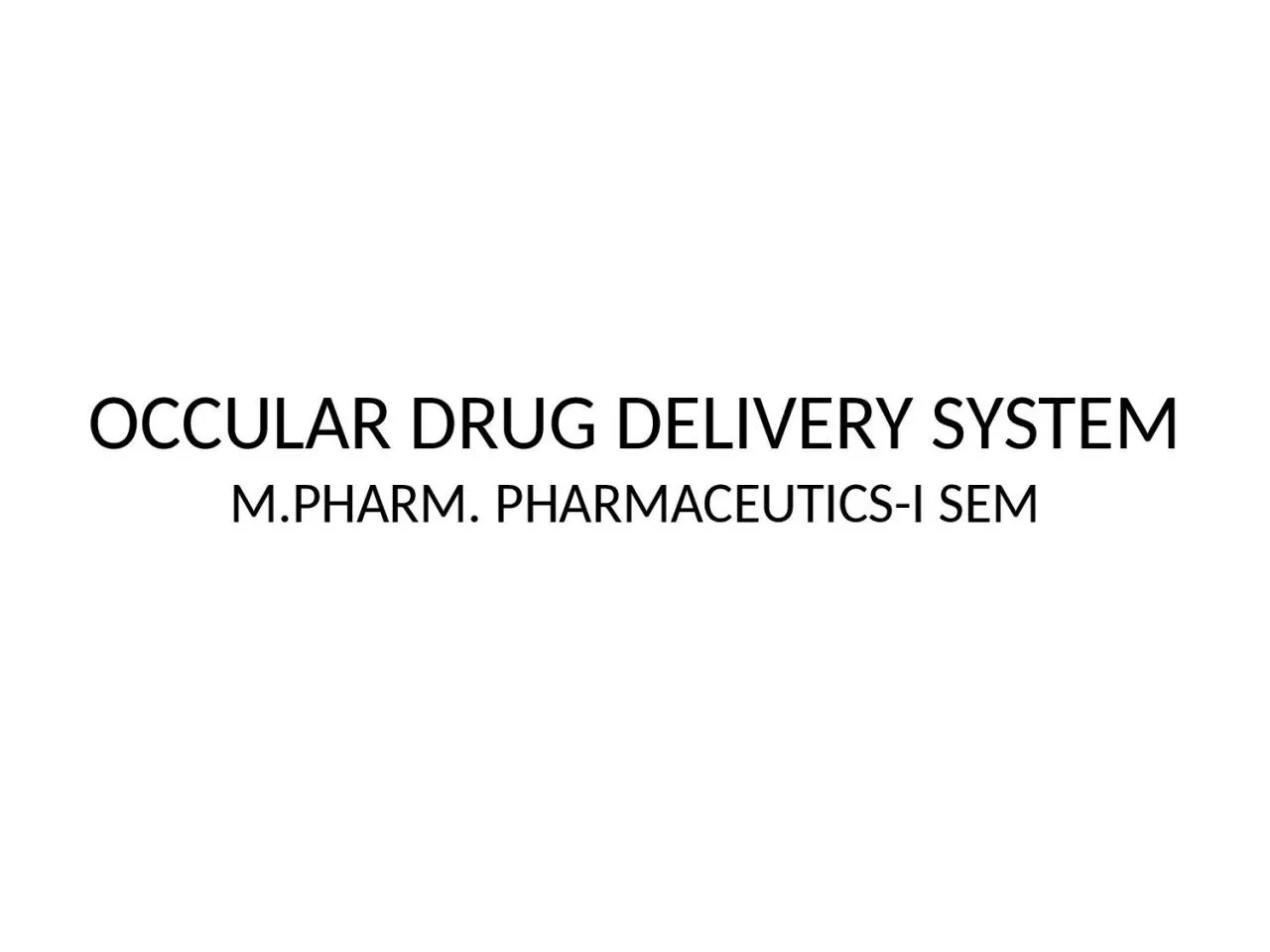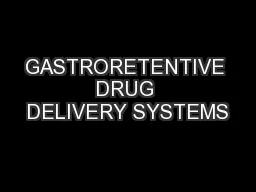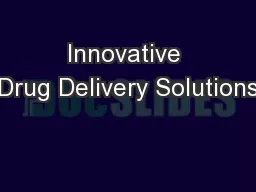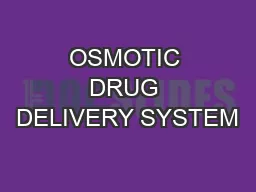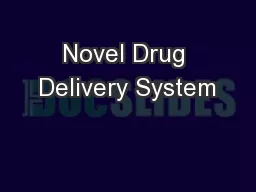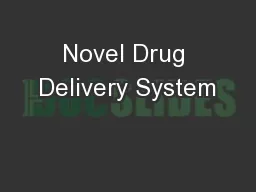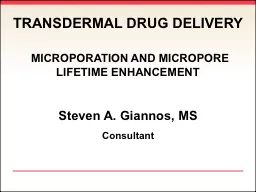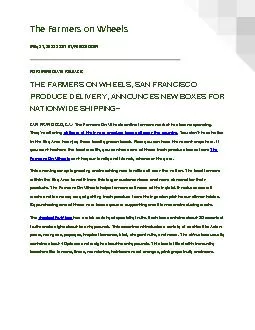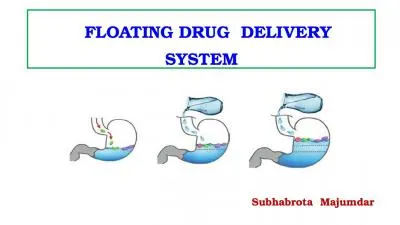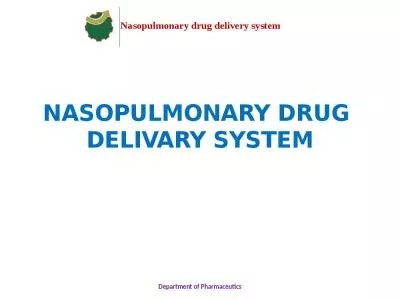PPT-OCCULAR DRUG DELIVERY SYSTEM
Author : WheresMyPizza | Published Date : 2022-08-04
MPHARM PHARMACEUTICSI SEM Introduction The external eye is readily accessible for drug administration As a consequence of its function as the visual apparatus mechanisms
Presentation Embed Code
Download Presentation
Download Presentation The PPT/PDF document "OCCULAR DRUG DELIVERY SYSTEM" is the property of its rightful owner. Permission is granted to download and print the materials on this website for personal, non-commercial use only, and to display it on your personal computer provided you do not modify the materials and that you retain all copyright notices contained in the materials. By downloading content from our website, you accept the terms of this agreement.
OCCULAR DRUG DELIVERY SYSTEM: Transcript
Download Rules Of Document
"OCCULAR DRUG DELIVERY SYSTEM"The content belongs to its owner. You may download and print it for personal use, without modification, and keep all copyright notices. By downloading, you agree to these terms.
Related Documents

